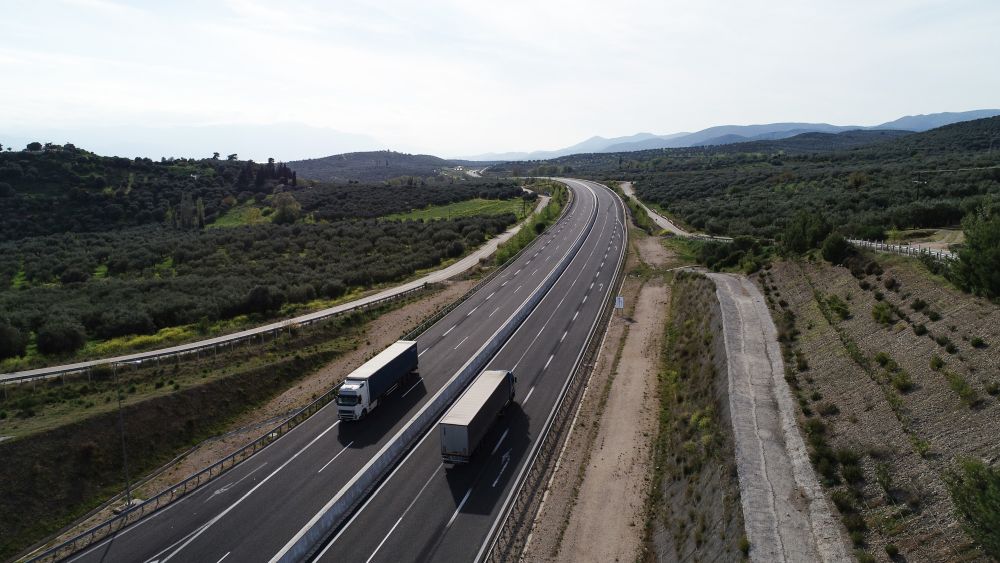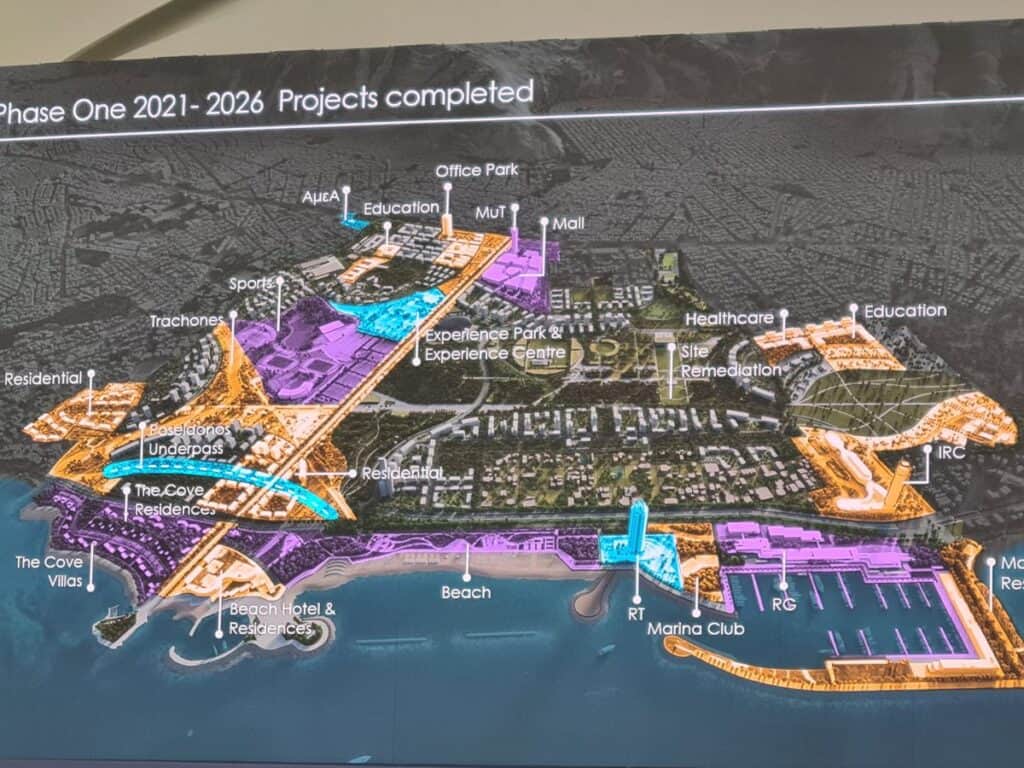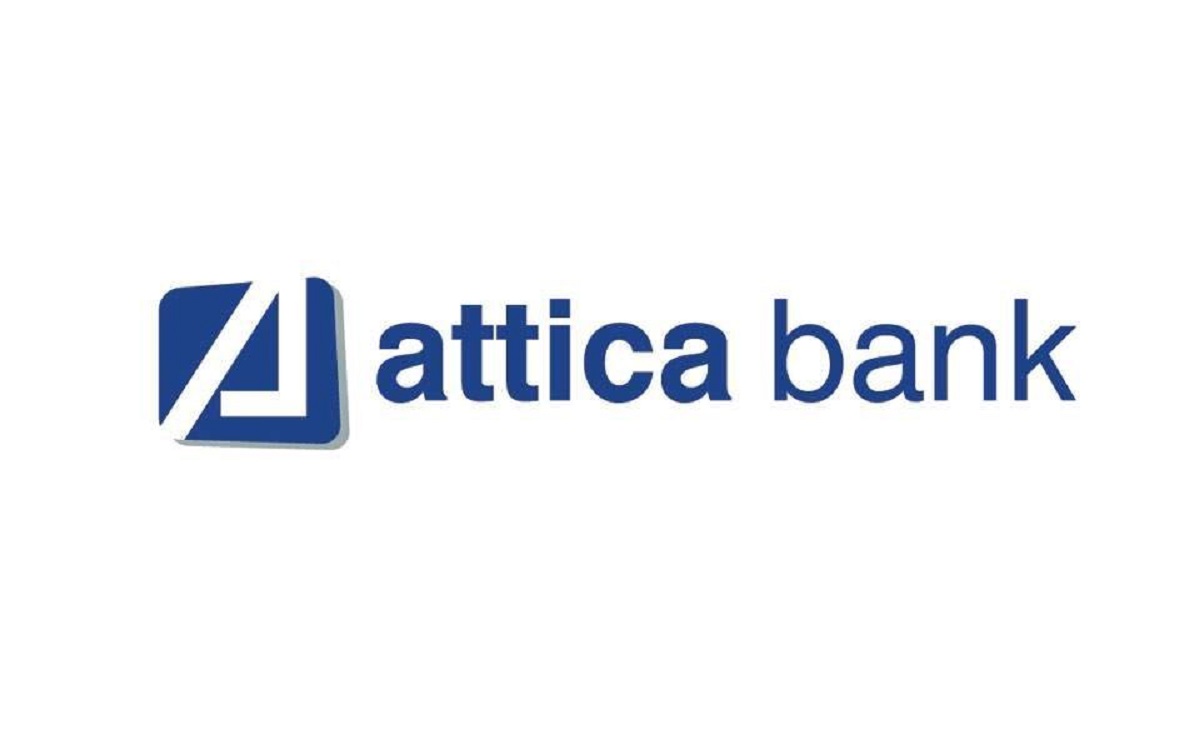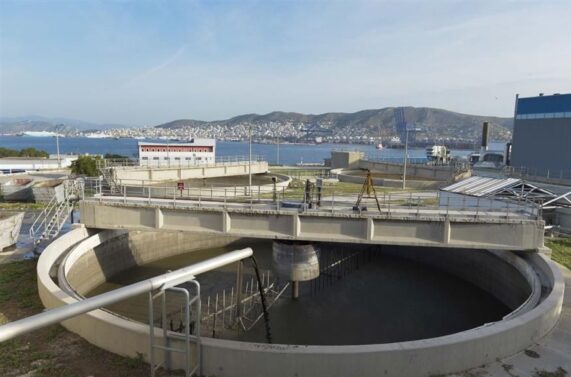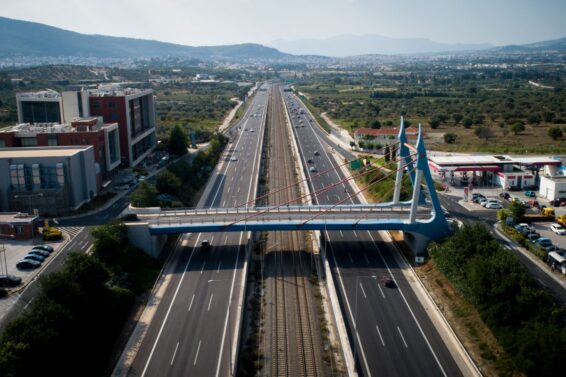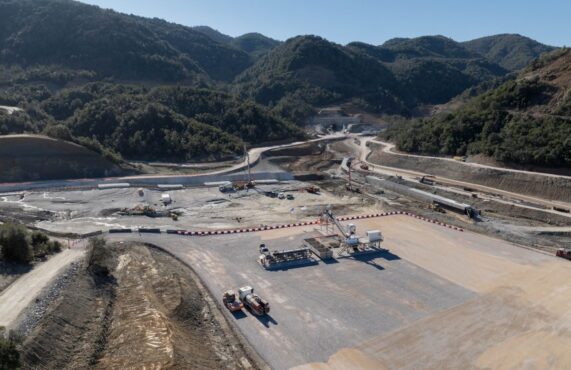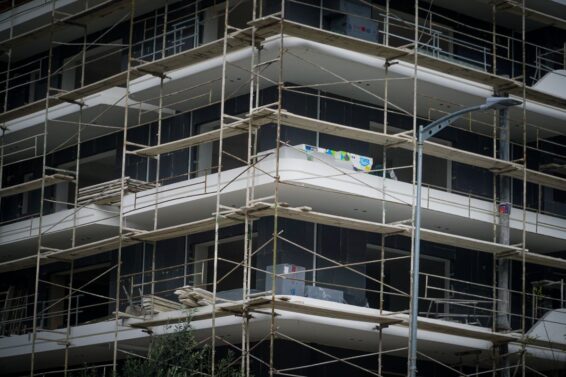GEK TERNA has submitted a draft proposal for the new motorhway from Eleusis to Oinofyta, commonly known as the Attica Bypass. It is estimated that this project will provide a solution to the traffic congestion in the area.
According to information from ypodomes.com, the draft proposal was submitted last May by the Greek Group.
This is the second similar proposal that comes to light, as mentioned by the appointed advisor of the GEK TERNA Group, Petros Souretis, at the ot forum conference. The previous proposal had been presented by the consortium of GEK TERNA-AKTOR PARACHORISEIS-ABAX for the extensions of the Attiki Odos towards Rafina, Lavrio, and the Hlioupolis tunnel.
The Attica Bypass project has been a matter of concern for the Ministry of Infrastructure and Transport on several occasions. In fact, a competitive process had been initiated in 2013 amid the severe economic crisis the country was facing. However, the competition was eventually halted in 2015 and was shelved.
Since then, the project has been in and out of the headlines, and it is worth noting that it is included as a project in the pre-election program of the New Democracy.
The draft proposal submitted by GEK TERNA, as noted by the same sources, aims to create a new axis featuring characteristics of a closed highway. This new motorway is intended to alleviate congestion from the saturated Kifisou Avenue.
However, the primary objective is to divert through traffic from Kifisou, specifically the traffic of vehicles that do not have a destination within the basin or Northern Attica, but rather, traffic heading north of it.
With this motorway, which will start from the area of Eleusis at an interchange with the Attiki Odos and will end in the region of Oinofyta, it is estimated that it will be able to divert all heavy vehicle traffic and commercial routes (such as freight containers, transportation of goods to various regions of the country, etc.)
Secondly, it will more directly serve the traffic from the Port of Piraeus, as trucks from there will be directed via Schisto and Thriasio Pedio to the new axis, and vice versa when heading towards the port. In other words, the use of the road axes from Piraeus to Kifisos and Athens Avenue will not be necessary.
Thirdly, it will serve as a congestion-relief solution for Kifisos and for trucks and vehicles coming from the Peloponnese but heading north of Attica as their final destination. Currently, the use of the existing road axis is almost prohibitive, especially for heavy vehicles, due to its narrowness and limited characteristics.
Fourthly, it will directly serve the industrial areas of Oinofyta, Aspropyrgos, and the broader Thriasio region, as well as the ports of Eleusis and Piraeus. The transportation of goods will be much more direct and efficient through this new axis.
The relief of Kifisos Avenue is considered essential, as it is an axis that experiences daily congestion from the traffic of thousands of trucks. This number increases every year in proportion to the growth of commercial activity at the port and the broader area of Western Attica.
What are the characteristics of the proposal for the new motorway?
The new motorway is estimated to commence from the area of Agios Loukas in the Thriasio Pedio and terminate north of the Oinofyta region. It will have a length of approximately 40 kilometers, with some portions consisting of tunnels as it crosses two mountainous areas. A key difference from previous proposals is that Thebes is not chosen as the endpoint of the axis; instead, it terminates in the Oinofyta region.
It will be a closed highway with grade-separated interchanges and will operate complementarily with the Attiki Odos and the Athens-Thessaloniki National Highway (E65, commonly known as Nea Odos), axes that are managed or will be managed (in the case of Attiki Odos) by the GEK TERNA Group. Additionally, it will be within close proximity to the beginning of the Olympia Odos in Eleusis.
The cost of the road has not been calculated yet, but it is evident that it will likely exceed 500 million euros due to its extensive length and the required construction work.
For the proposed plan to proceed, it must receive approval from the Ministry of Infrastructure and Transport. Subsequently, a competition will need to be initiated, based on the law governing standard proposals, to award the concession. This process will eventually lead to the selection of a contractor and the implementation of this beneficial project.
With the new road, theoretically, there will be a time savings (without accounting for traffic) of approximately 25-30 minutes and a reduction of about 50 fewer kilometers in distance.
ΜΗΝ ΞΕΧΑΣΕΤΕ
- Ακολουθήστε το ypodomes.com στο Google News και μάθετε πρώτοι όλες τις ειδήσεις για τις υποδομές στην Ελλάδα
- Αν είστε επαγγελματίας του κλάδου, ακολουθήστε μας στο LinkedIn
- Εγγραφείτε στο Ypodomes Web TV

